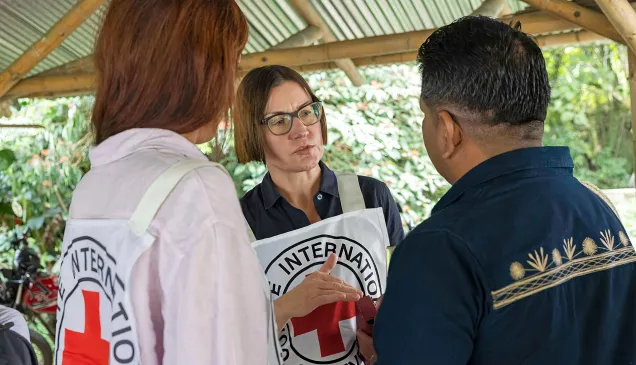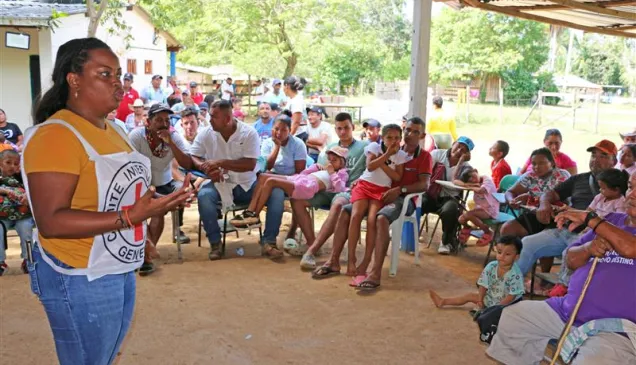Colombia: Human beings, inside and outside. Pictures of a life behind the wall.
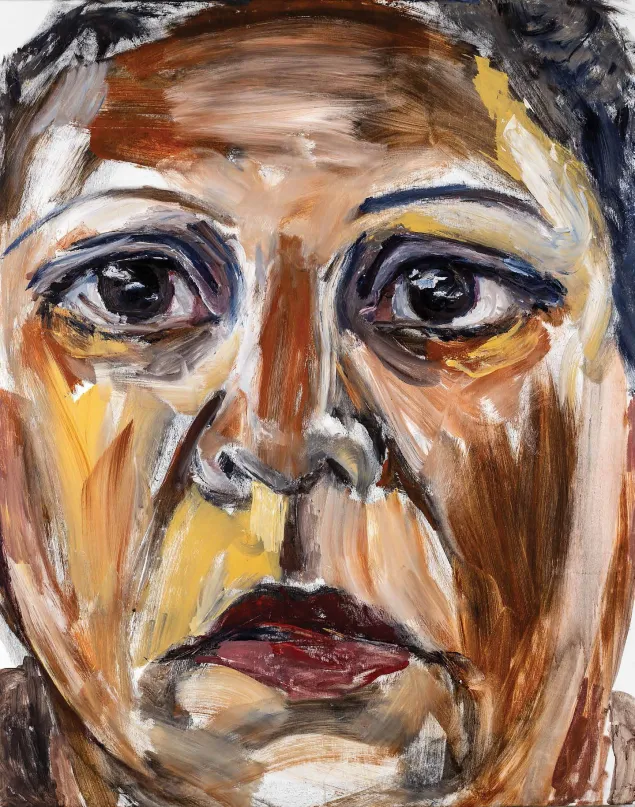
"My youngest son doesn't even know I'm in here. I try to be strong when we talk on the phone, but I can hardly speak. It's a very difficult situation for a mother."
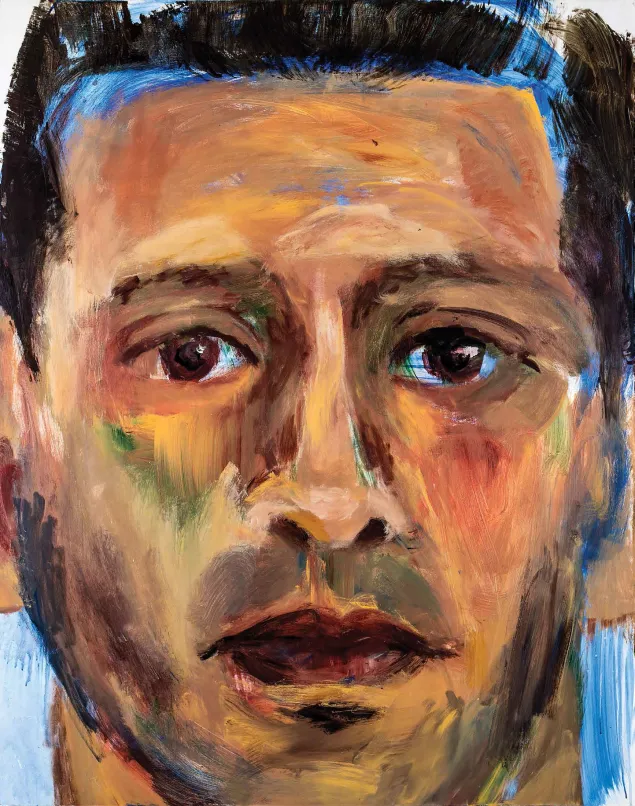
César. Inside since 13 January 2013.
"After 15 years building a career, I made a mistake that completely changed my life. Since losing my freedom, I've been keeping busy by studying. Despite everything, this has been a deep learning experience."
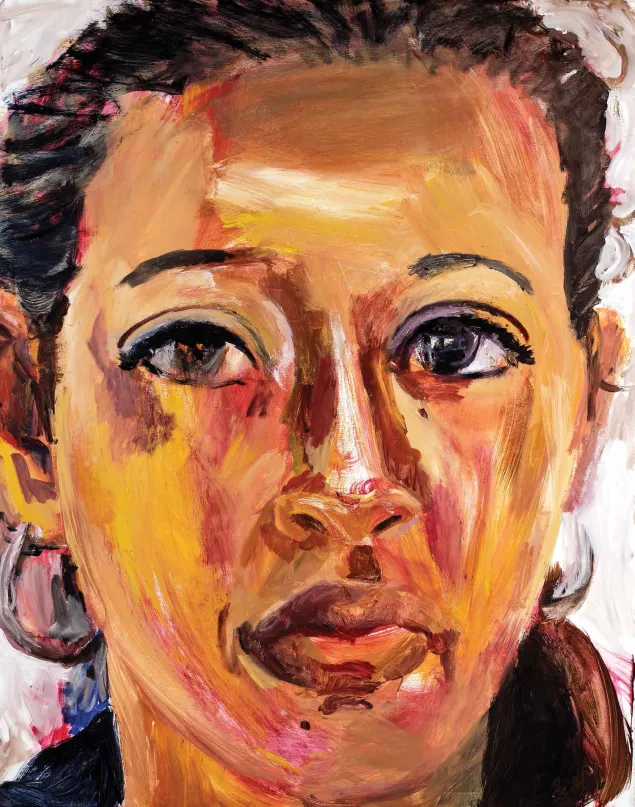
Vivian. Inside since 19 February 2015. Acrylic on canvas. 122 x 152 cm. 2015.
"My situation is affecting a lot of people. Facing up to that has been difficult, but this place can teach you a lot, because you don't have your family around you. Inside, you have to learn to see life differently."
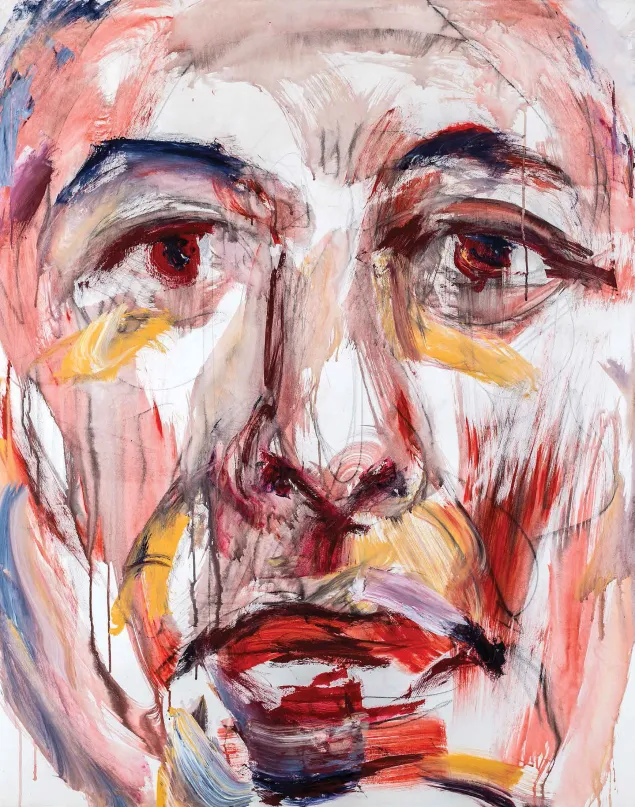
Juan. Inside since 20 April 2013.
"My daughter's 15th birthday took place eight days after I was arrested. My wife has left me. When someone goes to jail, everyone in their family suffers. It's a double sentence: one person is punished inside, and their family is punished outside."
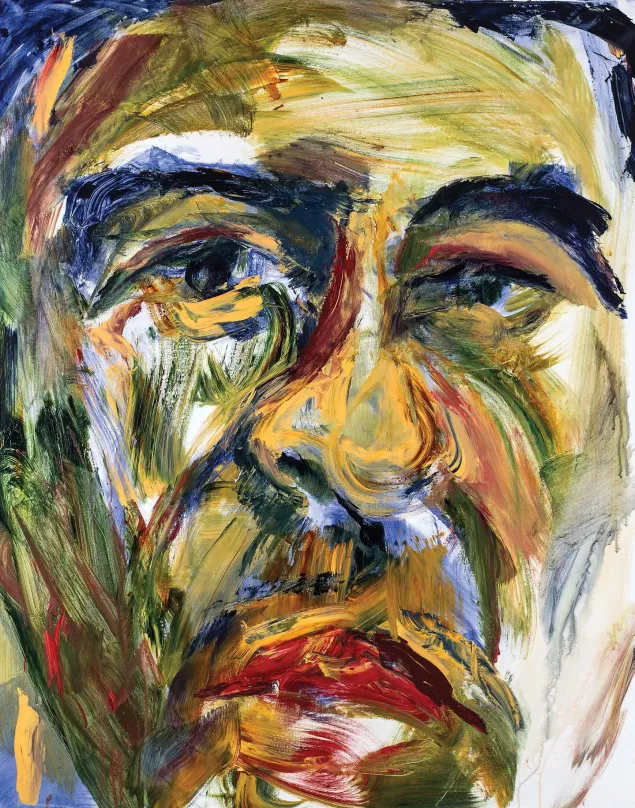
Luis. Inside since 24 December 2007.
"I was trying to get ahead, but things kept falling apart. I met a friend who promised to help me if I did something for him. I wasn't thinking straight and I took a really bad decision. That's why I'm here."
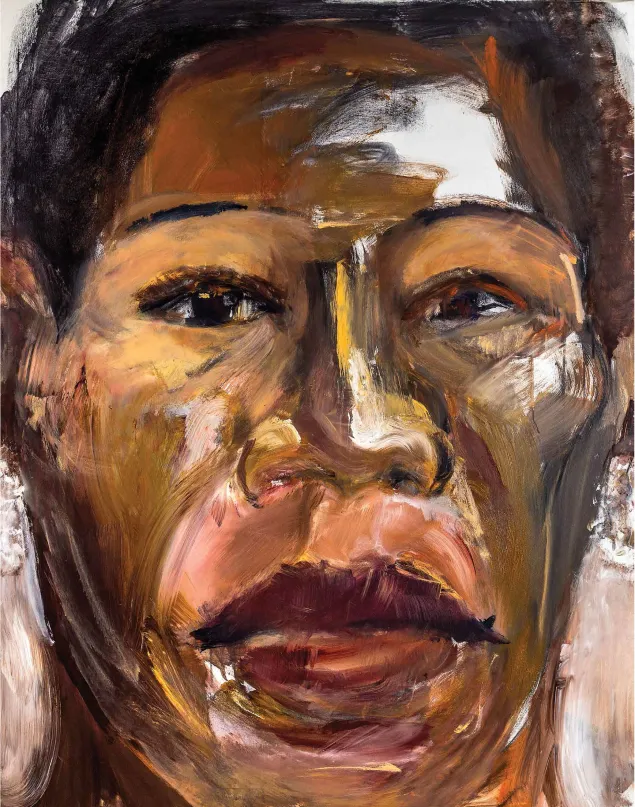
Dorila. Inside since 13 August 2014.
"I'm not an aggressive person, but one day the animal inside me broke loose. People can hardly believe I could have done what I did."

Bibiana. The wife of Juan, who has been inside since 20 April 2013.
"Juan is a really good person, and I decided to give him a chance. We got married. We were together for three years before he was arrested. It's hard, but I've never regretted my decision. I've never stopped believing in him."
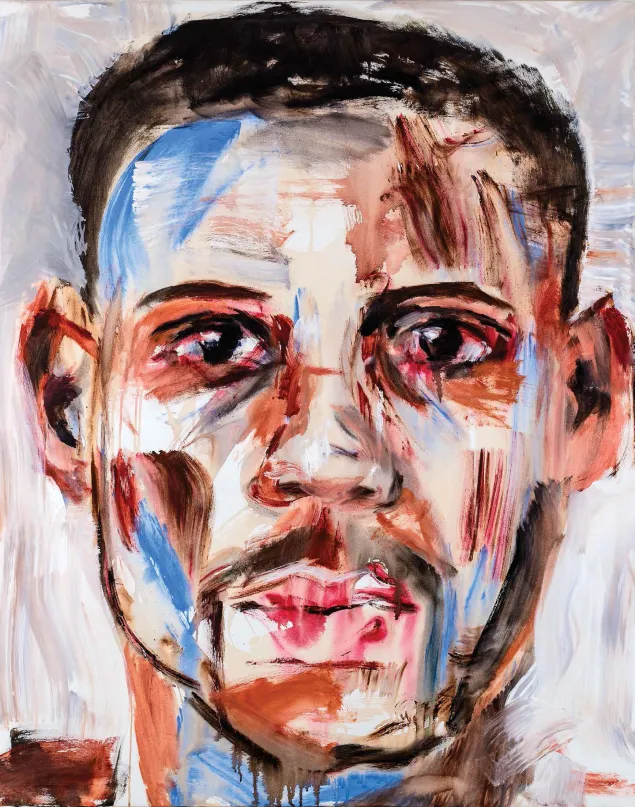
Edwin. Inside since 28 June 2014.
"For me, being inside is particularly bad, because I can't help my family. I'd like to see them more often, but I understand why they can't come. The most important thing is that they have enough to eat."
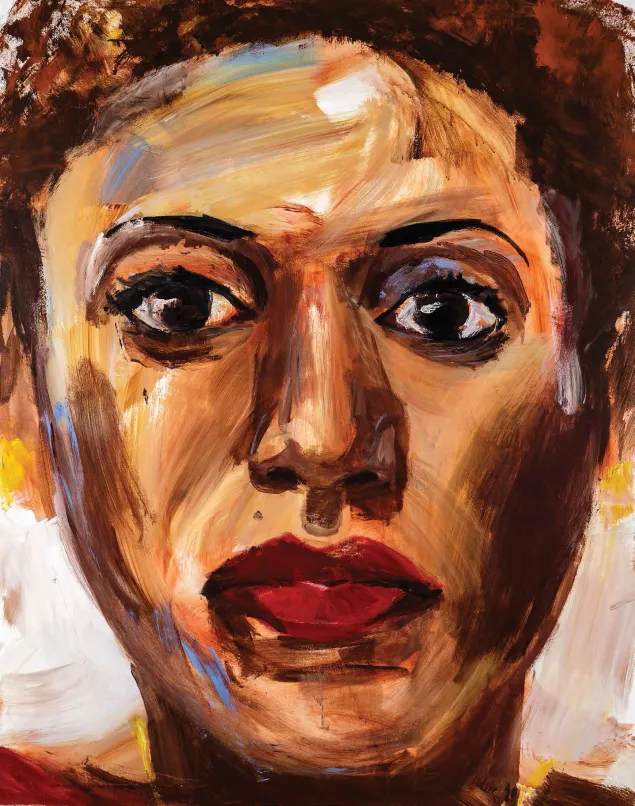
Nathalia, the daughter of Dorila, who has been inside since 13 August 2014.
"My mother's absence has been very hard for our family, but luckily I haven't stopped studying. I'm studying environmental engineering and working at the university, as a junior researcher."
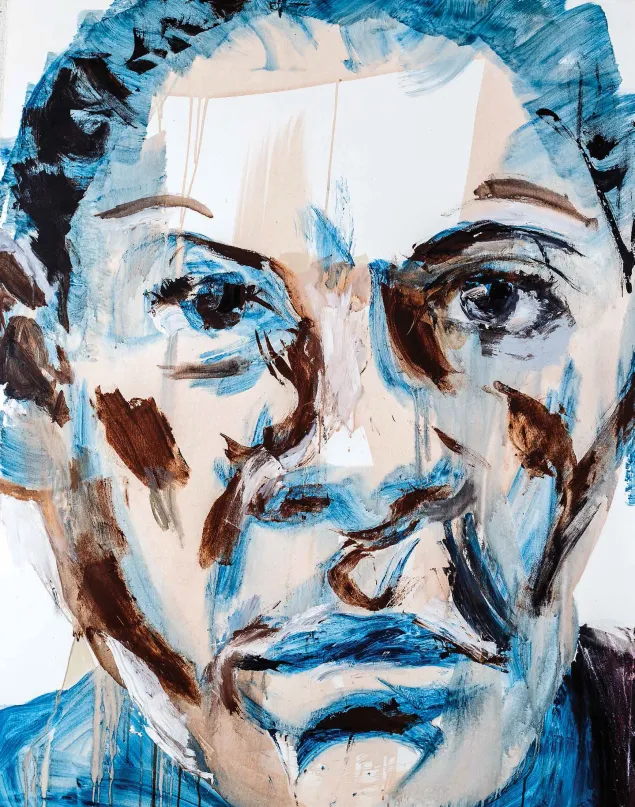
Francisca, mother of Edwin, who has been inside since 28 June 2014.
"We visit him whenever we can, but it's difficult, because often we don't have anything to bring. The prisoners always hope that their families will bring something special for them to eat on Sundays, and we don't want to disappoint him."
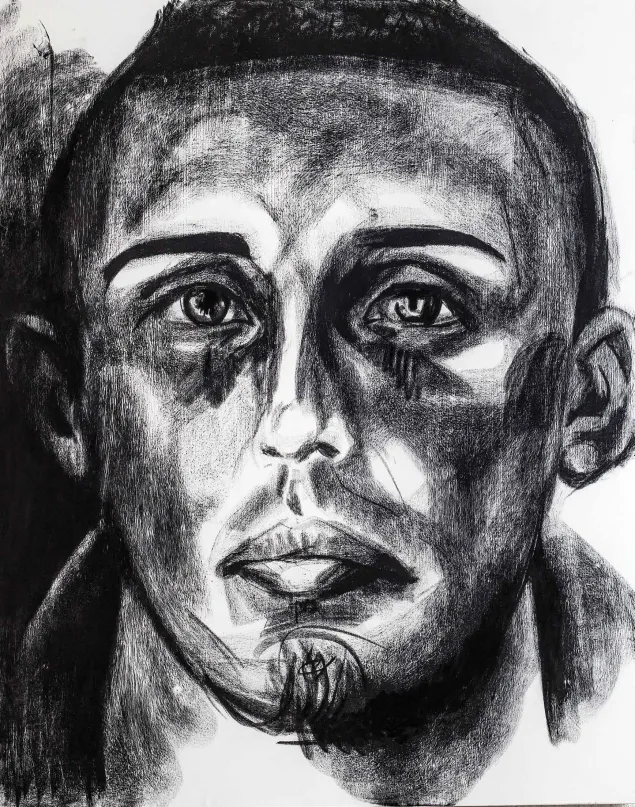
Jaime, the son of María, who hs been inside since 14 April 2014.
"My mother gave me a bracelet the first week she was in jail. She said I should take it and never let it out of my sight, because I'd have to give it back when she got out."
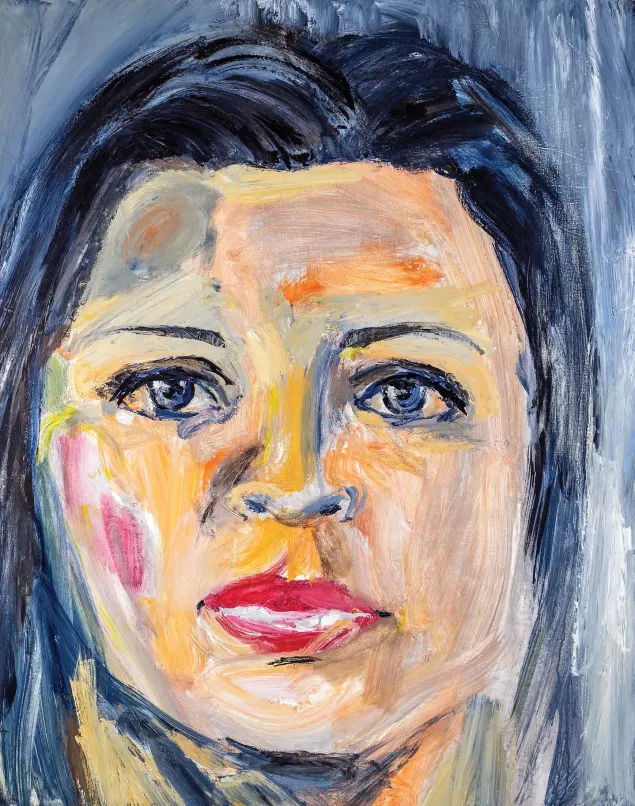
Nora, the wife of César, who has been inside since 13 January 2013.
"Every Sunday, I leave the house at 4 a.m. to go to the prison. I have to queue up to get a visitor's stamp on my arm. It's a difficult thing, going through those doors. Every time a door is locked, I lose a bit more energy."
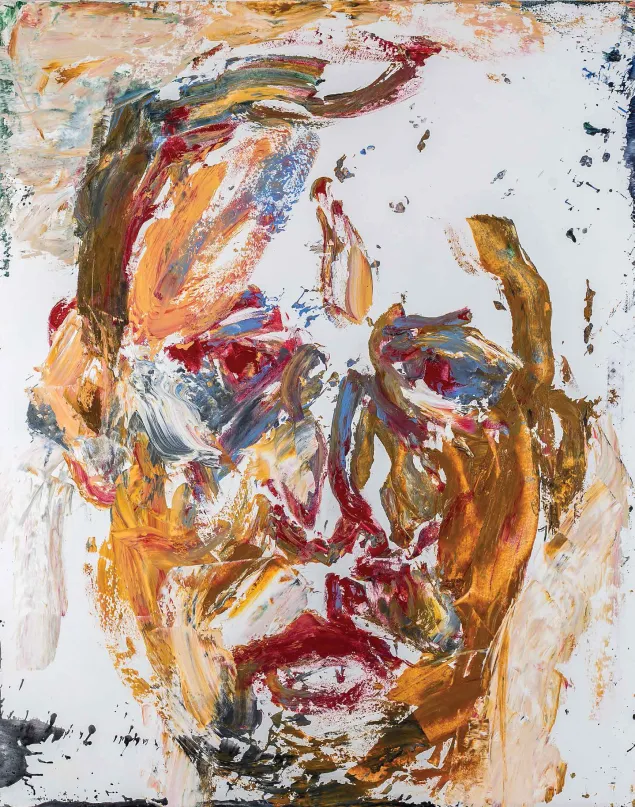
Nicolás. Prison officer since 5 April 2000.
"When the inmates have a chance to study or to work, or when their families receive support, that can improve their physical and mental health. They get frustrated if they can't keep themselves busy, or if they can't support their families."
Put a face to the stories, hopes and longings of prison inmates. That's the objective of the ICRC's "Humanos adentro y afuera" campaign (Human beings, inside and outside) marking the 100th anniversary of our visits to people deprived of their freedom around the world. In three prisons, and outside, artist Benjamin M. Betsalel made portraits of 13 people; seven prisoners, five relatives and a prison officer. The most important thing about these works is the message: inside or outside, dignity is what counts.

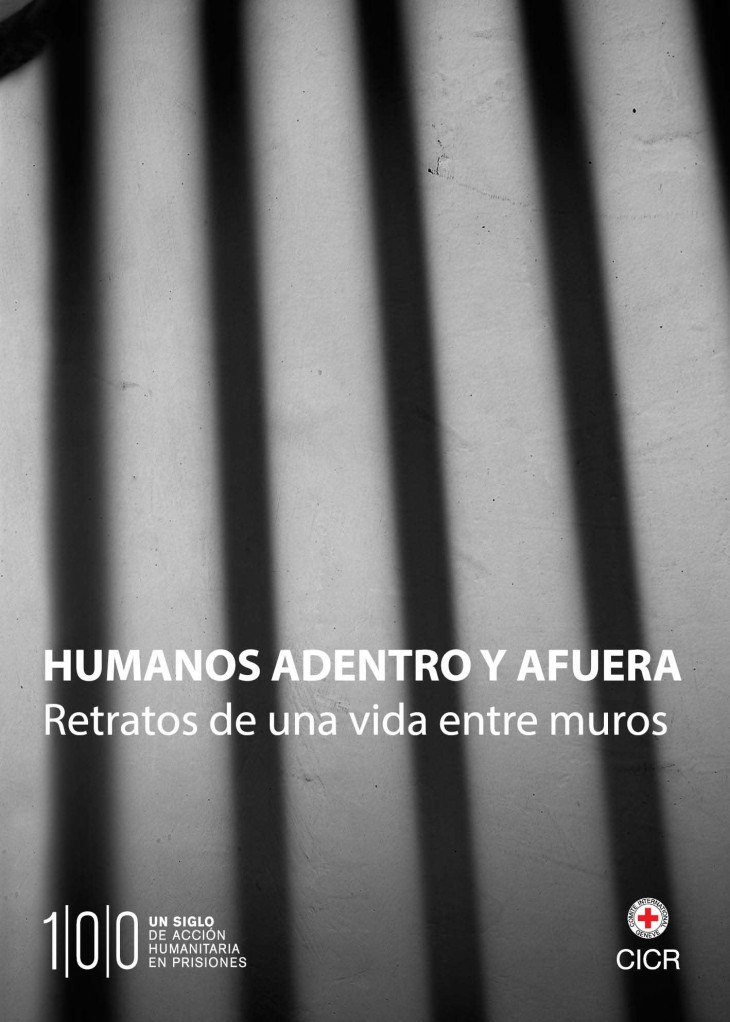 See also:
See also: